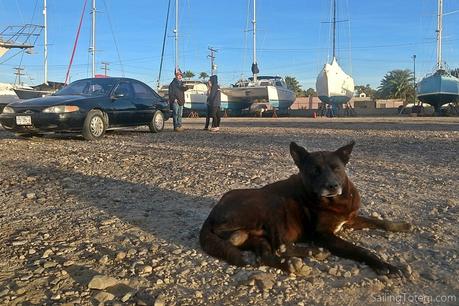
Early morning shadows stretch across the gravel lot of Cabrales Boatyards hardstand where Perro Negro (black dog) holds court. Mairen and Siobhan get the first of today’s Spanish vocabulary from the night guard as we’ve affectionately come to call maestro (teacher) for his enthusiastic lessons before he heads off duty for the day.
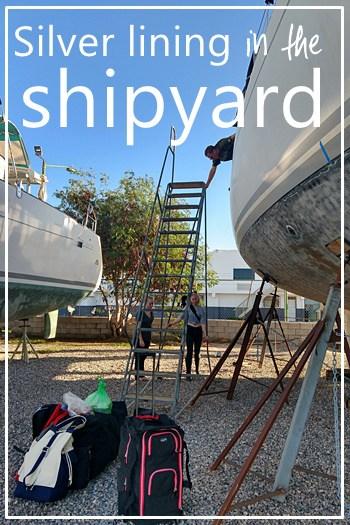
Boats in many parts of the northern hemisphere haul out for the season at this time of year; boats on the hard here in Puerto Peñasco are waking up from a hurricane season respite. Tucked onto jackstands for a long winter nap or summer away, maintenance or repairs can be worked into the months that stretch out ahead. But when active cruisers haul their boats, the situation is entirely different. We’re either cooped up in temporary dwelling spending cruising coin at an alarming rate, or trying to manage life on stilts with limited use of normal onboard utilities like, you know, toilets. The moment a cruiser’s boat is out of the water, the clock starts to tick: how quickly can we complete the projects that stand between us and the freedom of a blue horizon? Time is our enemy.
We’ve hauled Totem on three previous occasions since we started cruising: twice in Thailand (2013 and 2014), and once in Grenada (2017). Each experience felt like a race to the finish; hot, sweaty, dirty days of hard labor to minimize the days on land. On one occasion we left with significant projects left largely incomplete, facing the disappointing reality that a yard would only continue the pattern of extending our timeline.
This time it’s different.
We were absent during Totem’s extended hardstand stay this summer. From afar we dreamed about getting back to cruising, exploring corners of the beautiful Sea of Cortez. Hectic weeks before our return hampered advance planning, slowed ordering parts and supplies. It’s holding up the primary job ahead to put a new bottom on Totem.
Silver lining to delay in the larger effort is the gift of time to address projects that have shimmied their way up in the world of boatkeeping priorities, but in many cases could be pushed off. At a measured pace, we can remove a few bandaids that were applied over time, tackle some deferred maintenance, and correct less-than-ideal installations.
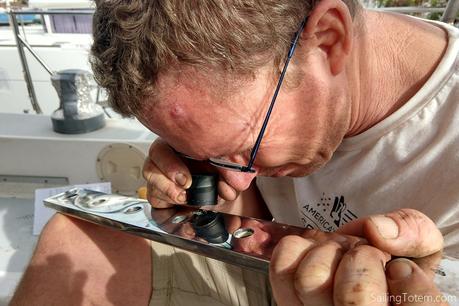
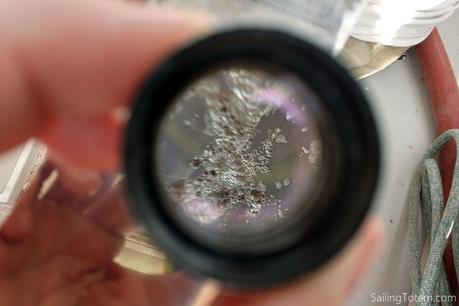
Chainplate inspections bubbled up first. Not a normal visual, but actually removing them entirely to inspect both sides as well as the point at which they intersect the deck. We replaced every chainplate except the stem fitting in 2008. Original (1982) plates had a rough finish where they were backed to a bulkhead or fiberglass knee, less easily inspected, and more subject to corrosion. The replacements are polished to a mirror finish which is highly resistant to corrosion. Great! But to get that shiny smooth metal well sealed is difficult, especially on a boat that flexes.
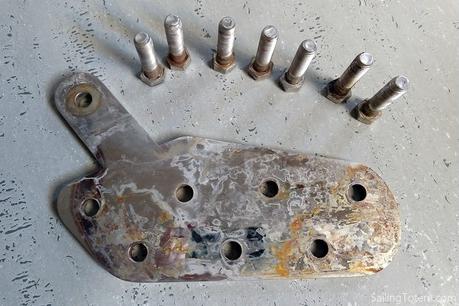
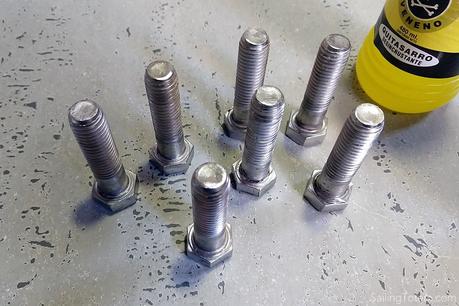
Somewhere around the five-year mark, a few began to weep, and that’s continued despite bandaid efforts along the way. So out they go for complete inspection and peace of mind. We started with those most suspect there are early signs of the crevice corrosion to which stainless is susceptible. It’s VERY minor at this point. Repeat: it’s very minor! Carefully cleaned and replaced, they just need monitoring. This time, they are through-deck portion is re-bedded with butyl tape to, hopefully, further prevent weeping or leaks for a longer time. The bolts all looked good, but three nuts failed inspection and were replaced.

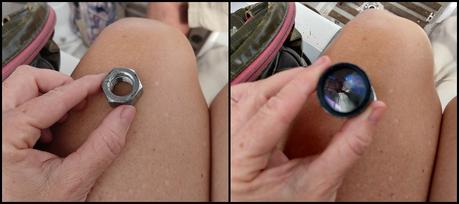
Another project without burning urgency but “this could be better” was the rudder indicator for our autopilot. Two days before we left Puget Sound in 2008, Jamie did a last-minute autopilot install (surprise!). It wasn’t the cleanest installation, coming at a slightly hectic time. The rudder indicator was placed smack in the middle of the lazarette, and awkwardly mounted and subject to being knocked if something fell over in the space. Jamie built a cover to protect it from damage but the location bugged him. OK, so it has since done a circumnavigation; fixing it is possibly a little pedantic. But the placement could be improved, and now it is: Jamie made a new bracket and installed it in a better location. A more functional lazarette space and saver placement out of the way are the result.
Totem’s steering system is fine, but also getting a full review. In lumpy seas off Colombia last in January the steering chain broke. Jamie’s fix with Dyneema put in has worked well since, but a closer inspection of the whole system has been in the back of his mind. Good thing he took it apart yesterday! When the steering cable is in place and under tension, the sheaves appeared fine. But once the entire steering system was disconnected, the sheaves showed a bit of a wobble – too much wobble. Pulling the sheaves, Jamie then noticed that both the bronze bushings and the stainless steel pins were worn enough wear to warrant replacement. Not unreasonable after 36 years and a lot of miles.
A few more days means the space for a break. If this was a crunch, the beautiful opportunity to experience Mexico’s Dia de los Muertos, Day of the Dead, would have passed by unmarked. Instead, there was time to wander through the municipal primer cemetario on the day families gather to clean the graves of loved ones while refreshing their paint or decoration. Gathered around family plots, sitting on the marble or concrete or ceramic-tiled slap that covers a mother or cousin or uncle… playing music, eating, drinking, while children tussle and play soccer in sand thoroughfares dividing the cemetery or lay hide and seek behind statues of the Virgin Mary. A more intensive haul out wouldn’t have allowed a night off to wander a competition for altars created to remember the dead, and then land in the throngs of a crowd in a fashion show for Calavera Catrinas, “dapper skeletons,” complete with catwalk.
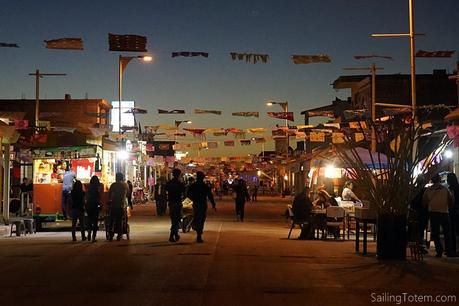
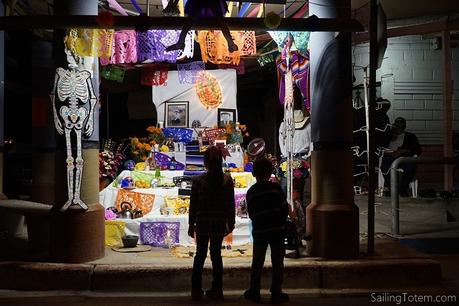
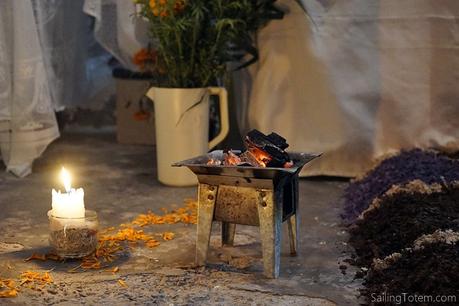
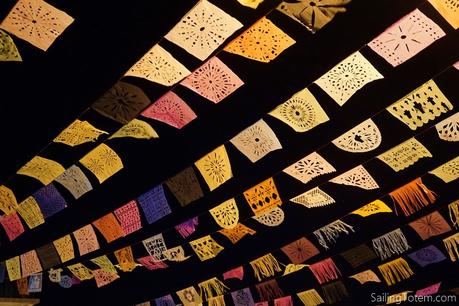
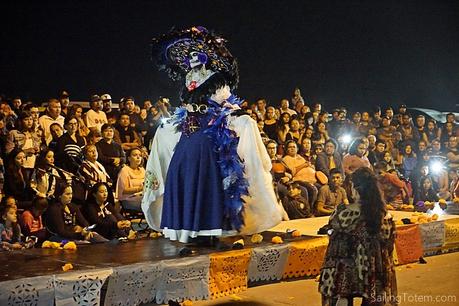
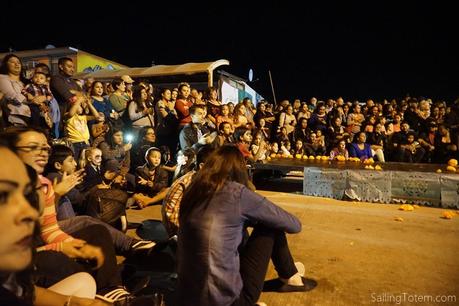
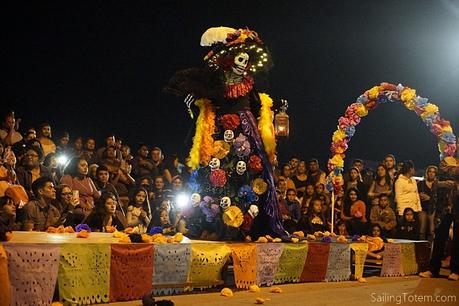
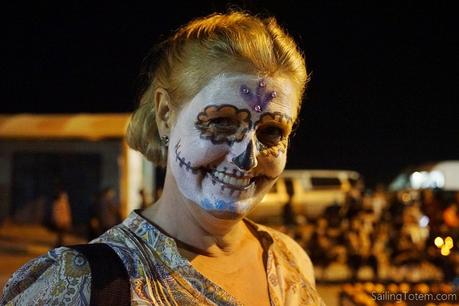
More yard projects are planned: new anchor rollers, new prop shaft, new cutlass bearing, new engine mounts, new dripless seal. Unnatural as it is to be out of water, this work makes us better prepared. We’ll return to a familiar environment soon enough, the dissonance of life on the hard disappearing, stronger for this patience and happier for this pace.

